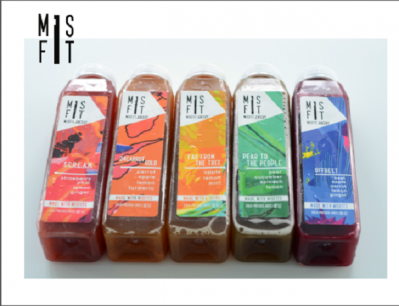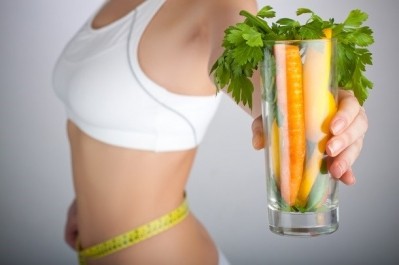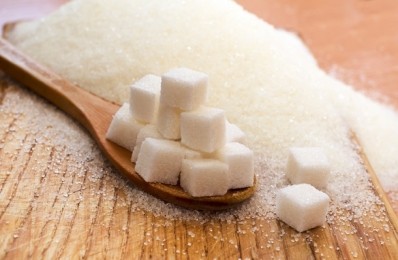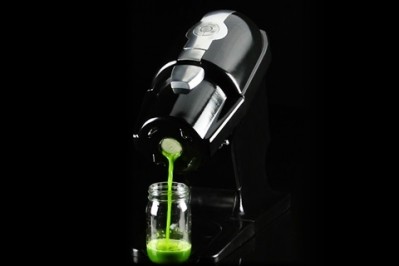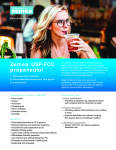Three trends driving sales of 100% juice even as sugar debate rages
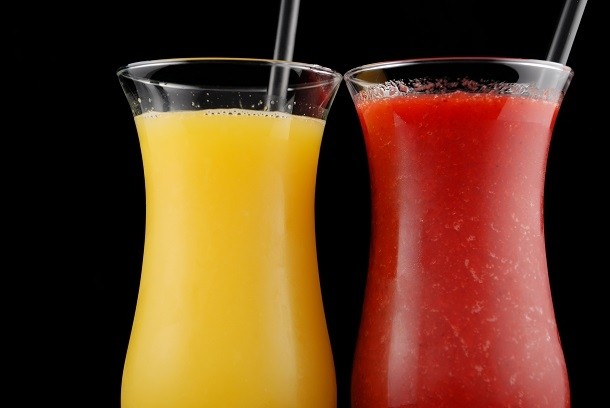
For example, as the debate about sugar matures, many people are zeroing in on added sugar as a main target. New regulations will require that added sugar be called out in its own line on the new Nutrition Facts label in an effort to help consumers better understand the roll and source of the sugar in products. But with 100% juice there are no added sugar – so this will create a cleaner appearing label and an opportunity to make a free-from claim, Tetra Pak President and CEO Dennis Jönsson argues.
He also notes that consumers are becoming more sophisticated in how they understand sugar and they increasingly are giving it a pass in 100% juice products but not in carbonated beverages, thanks in part to the messaging campaigns underway by manufacturers in the juice industry.
Sales stabilize and climb around the world
While juice makers need to continue their health benefit campaigns, the key messages are getting through and influencing sales, Jönsson said.
He explained that sales of 100% juice globally are stabilizing with growth of about 0.1% year over year forecast from 2015-2018 – a small but notable recovery after consumption fell about 2.9% year over year after the recession of 2008.
Zeroing in on South America and Eastern countries including China and India reveals a significant opportunity with sales projected to grow 10.9% in Brazil, 7.7% in China and 5.9% in India, Indonesia and Malaysia – although these are off small bases and low per capita consumption, Jönsson said.
This growth comes in part from consumers’ positive views of 100% juice and their belief that the nutrient density of the pure beverages justifies or outweighs the sugar content, Jönsson said.
In particular, Tetra Pak’s 100% Juice Index report found 40% of consumers drink 100% juice every day, 85% say it is tasty, 81% think it is natural and 81% say it is healthy. Anecdotally, many consumers also use words such as fresh and nutritious to describe juice, and some equate it to an easy way to consumer a serving of fruit and vegetables, according to the report.
This perception of juice combined with the macro health and wellness trend that is influencing consumers’ food and beverage selection means that consumers are more willing to pay a premium for juices that they associate with healthy choices, according to the report.
Specifically, it found the price consumers were willing to pay for more natural, less processed products such as juice not from concentrate climbed from $2.62 per liter to $2.80 in 2015. At the same time, the price they were willing to pay for juices from concentrate, which are perceived as less healthy, fell from $1.81 in 2009 to $1.78 – a 0.3% decline in compound annual growth rate.
The price consumers are willing to pay is not the only aspect of the 100% juice market on the rise. So too is its market share – growing from 25.6% in 2009 to 28.9% in 2015. This reduced the market share for juices from concentrate from 74.4% in 2009 to 71.1% in 2015, according to the report.
Just as consumer preferences for the type of juice are changing, so too are their favorite flavors. Orange juice still reigns supreme – capturing 46% of the market, followed by apple juice at a distant second with 17%. But what is notable is that vegetable is on the rise, now capturing 1% of the highly fragmented market – the same amount as other popular flavors including coconut, cranberry and mixed berry. Mixed vegetable juices are even higher at 3%.
Three trends to watch
Going forward, manufacturers in the premium 100% juice space will need to continue to innovate to keep consumers’ attention and avoid negative implications for their sugar content, Jönsson said.
In particular, he sees significant potential for 100% juice in three main areas, including:
Natural – Building on the shift towards not from concentrate juices from reconstituted products, Jönsson explained that new launches for 100% juice products making all natural claims have increased 25% annually from 2012 to 2015. While all natural claims have a history of triggering litigation and have lost value in some consumers’ views, 67% of consumers still rate “all natural” as the most interesting juice attribute, Jönsson said. He added claims about no additives or preservatives, in particular, resonate well with today’s consumers.
Vegetable nutrition – Until recently, juice primarily was restricted to fruit juice, but now vegetable blends are capturing consumer interest and have become the fourth most popular global flavor choice. New product launches with vegetable juices have tripled from 2012 to 2015 and captured 3% of the fragmented juice flavor market. Veggies are attractive in part because they have lower natural sugar and offer different nutrient profiles than fruit juices.
Specialty 100% juices – So called functional foods are increasing in popularity across product categories – including in the 100% juice segment. Tetra Pak found more than 60% of consumers are interested in products with proven medical health benefits, and 30% specifically seek out options that can relieve stress. Manufacturers are rising to meet this demand by launching juices that are fortified with nutrients or vitamin-enriched to offer added immunity, heart health, digestion, bone and brain health and beauty. These attributes made up two-thirds of new product launches in the segment in 2015, according to Tetra Pak.
